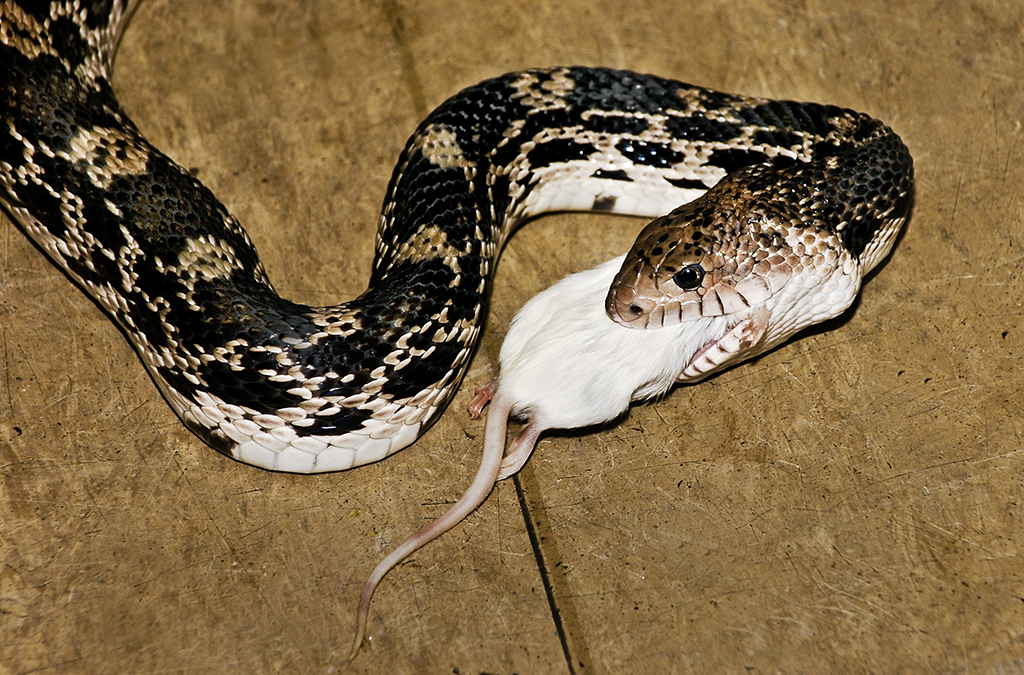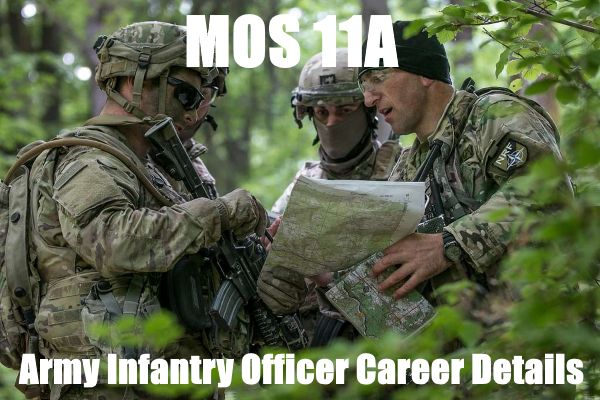Grumman F-14 Tomcat Fighter Jet

Introduction to the Grumman F-14 Tomcat Fighter Jet

The Grumman F-14 Tomcat is a twin-engine, variable sweep wing fighter jet that played a significant role in the history of military aviation. Developed by Grumman Aerospace Corporation, the F-14 Tomcat was designed to serve as a multi-role fighter, capable of performing air superiority, intercept, and reconnaissance missions. The Tomcat’s unique design and advanced technology made it a formidable opponent in the skies, earning its place as one of the most iconic fighter jets in history.
Design and Development

The F-14 Tomcat was first introduced in the 1970s, with the first prototype making its maiden flight on December 21, 1970. The Tomcat’s design was influenced by the Grumman F-111B, a cancelled project that aimed to create a naval version of the General Dynamics F-111 Aardvark. The F-14’s variable sweep wing design allowed it to adapt to different flight regimes, from low-speed takeoffs and landings to high-speed intercepts. This innovative design feature enabled the Tomcat to achieve exceptional maneuverability and climb rates, making it an effective air superiority fighter.
Key Features and Capabilities

The Grumman F-14 Tomcat boasted an impressive array of features and capabilities, including: * Twin General Electric F110-GE-400 engines, producing 27,000 pounds of thrust each * Variable sweep wing, allowing for a range of sweep angles from 20° to 68° * AWG-9 radar system, providing advanced air-to-air and air-to-ground targeting capabilities * AIM-54 Phoenix missiles, offering long-range air-to-air engagement capabilities * M61 Vulcan cannon, providing a reliable and effective close-range air-to-air weapon
Operational History

The F-14 Tomcat entered service with the United States Navy in 1974, with the first operational squadron, VF-1 Wolfpack, being deployed on the USS Enterprise (CVN-65) in 1975. Throughout its operational history, the Tomcat played a significant role in various conflicts, including the Iran-Iraq War, the Gulf War, and the Afghanistan War. The F-14 also participated in numerous NATO exercises and international deployments, demonstrating its capabilities as a versatile and reliable multi-role fighter.
Crew and Training

The F-14 Tomcat was crewed by a pilot and a radar intercept officer (RIO), who worked together to operate the aircraft’s advanced systems and engage targets. The training program for F-14 pilots and RIOs was highly specialized, with crews undergoing extensive simulator training and flight training to master the Tomcat’s complex systems and tactics.
🚀 Note: The F-14 Tomcat's unique design and capabilities required a high level of training and expertise from its crew, making it a challenging aircraft to operate and maintain.
Legacy and Retirement

The Grumman F-14 Tomcat was officially retired from service with the United States Navy in 2006, after more than three decades of operational service. Although the Tomcat is no longer in service, its legacy continues to inspire aviation enthusiasts and military historians alike. The F-14’s innovative design and advanced capabilities paved the way for future generations of fighter jets, including the F/A-18 Hornet and the F-35 Lightning II.
Specifications and Performance

The Grumman F-14 Tomcat’s specifications and performance characteristics are summarized in the following table:
| Specification | Value |
|---|---|
| Length | 62 feet 9 inches (19.1 meters) |
| Wingspan | 38 feet 2 inches (11.6 meters) |
| Height | 16 feet 1 inch (4.9 meters) |
| Empty weight | 43,735 pounds (19,837 kilograms) |
| Maximum takeoff weight | 74,350 pounds (33,725 kilograms) |
| Top speed | Mach 2.34 (1,485 mph or 2,392 km/h) |
| Range | 500 nautical miles (926 kilometers) |

In summary, the Grumman F-14 Tomcat was a highly advanced and capable fighter jet that played a significant role in the history of military aviation. Its unique design, advanced technology, and impressive performance characteristics made it a formidable opponent in the skies, and its legacy continues to inspire aviation enthusiasts and military historians alike.
What was the primary role of the Grumman F-14 Tomcat?

+
The primary role of the Grumman F-14 Tomcat was as a multi-role fighter, capable of performing air superiority, intercept, and reconnaissance missions.
What was the unique feature of the F-14 Tomcat’s wing design?

+
The F-14 Tomcat’s wing design featured a variable sweep wing, allowing for a range of sweep angles from 20° to 68°, enabling the aircraft to adapt to different flight regimes.
When was the Grumman F-14 Tomcat officially retired from service?

+
The Grumman F-14 Tomcat was officially retired from service with the United States Navy in 2006.



